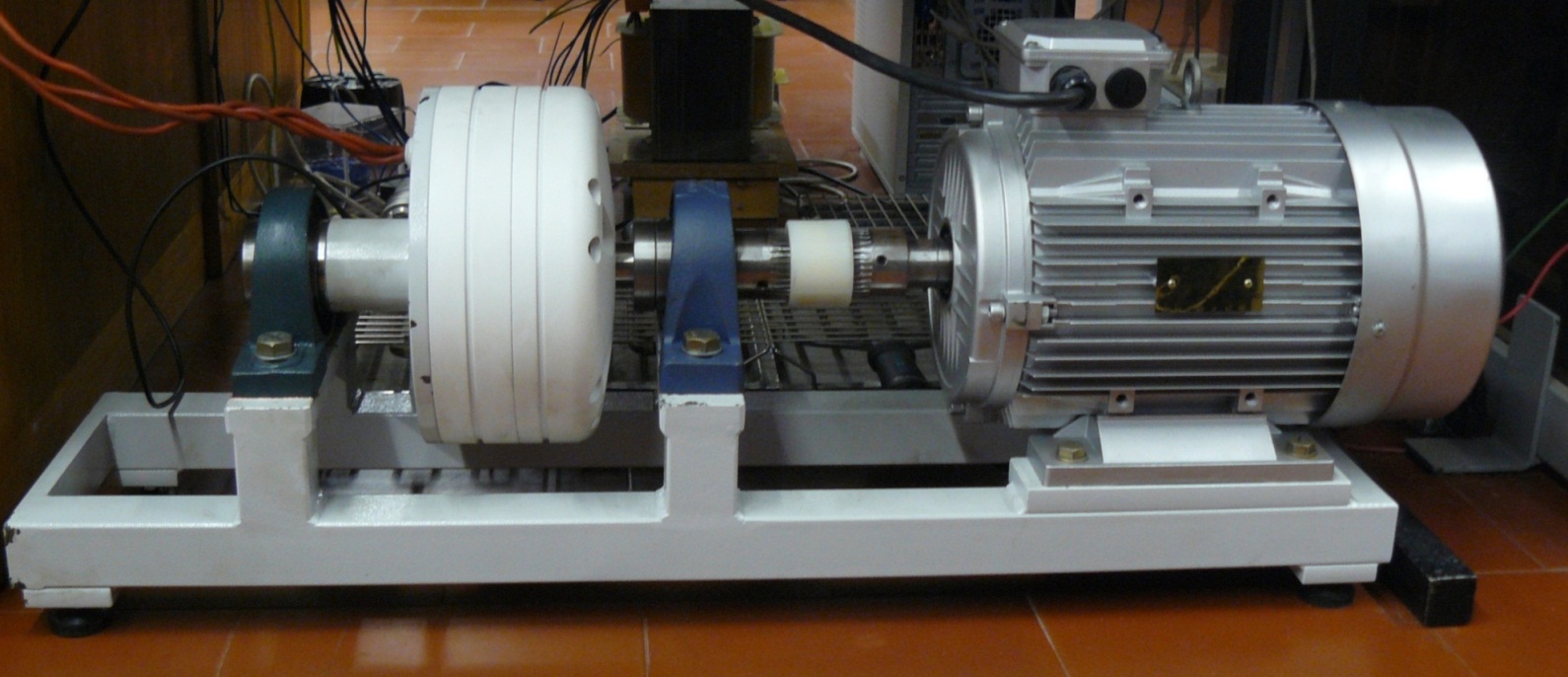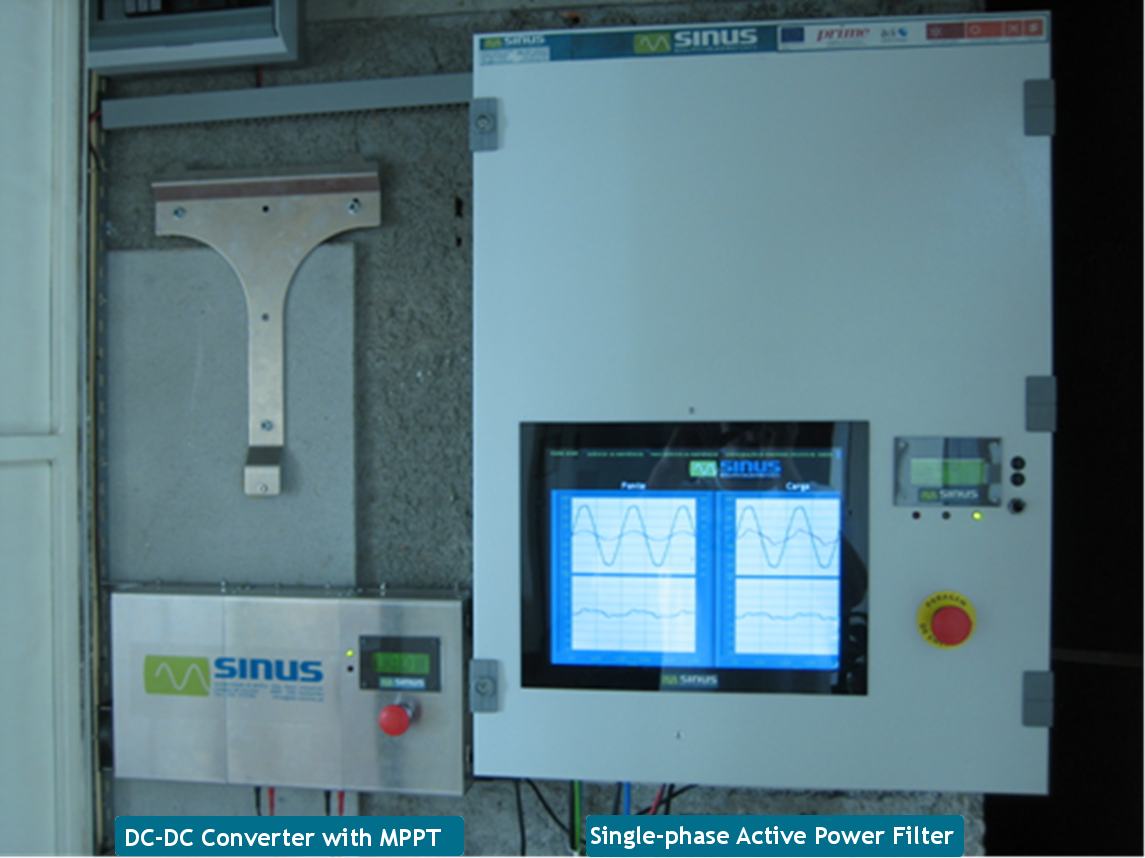
|
To produce electricity the main renewable energy sources are hydro, wind and solar. The hydro production is primarily associated with high power production. It has been widely used and therefore it has higher technological maturity. Unlike to hydro, wind and solar production are associated with low and medium powers, and therefore have been subject of significant technologic developments.
Wind and solar production changes with the primary energy source fluctuations, the wind and the sun, which has reflects in the electric power produced. Also the electrical characteristics of the produced power are not compatible with the direct connection of the production equipment to power grid. This coupling is made by means of power converters, which can have different configurations and operation modes, to maximize the energy exploitation in order to extract the maximum power available. The maximum power point is obtained through a good coupling between the production system and the load, and is achieved through Maximum Power Point Tracking (MPPT) algorithms.
The GEPE has made, over the last years, research and development in equipments for the interface of renewable energy sources to the power grid. It has directed his research to the study of new power converter topologies and also to the optimization of MPPT algorithms.
The research undertaken can be validated on a set of test equipments, namely, two solar photovoltaic arrays, and a wind micro generation test bench.
The first solar photovoltaic array, has solar 8 monocrystalline panels (BP Solar, model BP 2150S) and the second has 16 polycrystalline panels (Kyocera, model KC200GHT-2).

The wind micro generation test bench, consists in a three-phase permanent magnet synchronous generator, with 1800 W of power (Ginlong Technologies, model GL-PMG-1800). The emulation of the wind is made by an induction motor with 5.5 kW of power and 1000 rpm (Seipee, model JM-GM) driven by a variable speed drive (Omron, model Sysdrive 3G3IV).

Under the SINUS project was developed an MPPT circuit whose function is to optimize the energy production of the solar photovoltaic polycrystalline panels array. The MPPT circuit input is connected to the array mounted on the University roof, and its output is connected to a Single Phase Shunt Active Power Filter that is compensating one of the phases of SAPIA (Support Service Learning Computer) electric switchboard, at the University of Minho, campus of Azurém.

|






